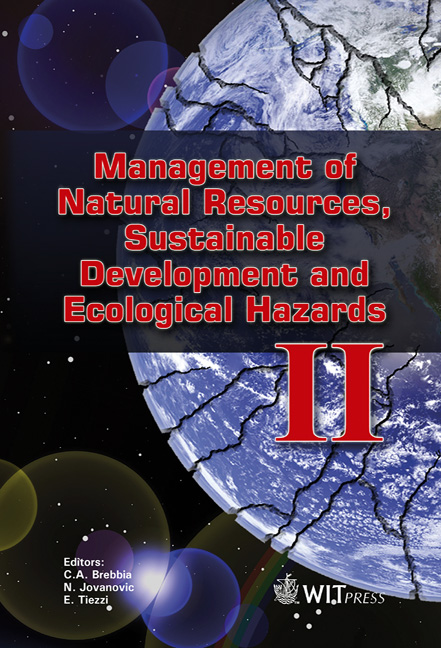Contribution To Atmospheric Benzene Concentrations Of The Petrol Stations In A Mid-sized City
Price
Free (open access)
Transaction
Volume
127
Pages
11
Page Range
247 - 257
Published
2009
Size
1,336 kb
Paper DOI
10.2495/RAV090221
Copyright
WIT Press
Author(s)
L. T. Silva, J. F. G. Mendes & C. M. Silva
Abstract
In an urban environment the typical anthropogenic sources of benzene are mainly the road traffic. Other important sources are petrol stations and smallscale industries using benzene as a solvent, such as the printing industry, etc. Petrol stations are the most significant of these additional sources. Evaporative emissions from petrol station operations include contributions due to the filling underground tank operations, due to the underground tank breathing and emptying, due to vehicle refuelling operations and lastly due to spillage. The petrol stations are frequently located in populated urban areas consequently exposing the population to this kind of pollution. The present study assesses the contribution of petrol stations to the ambient benzene concentrations in a midsized city. The scientific toolbox adopted to develop the studies includes an air quality simulation model and a GIS platform. Based on the method and the rate of filling, tank configuration and gasoline properties the evaporative emissions from petrol stations are calculated. This paper aims at presenting the approach, including the theoretical framework, and at discussing the results and their role within the city's quality of life argument. Keywords: urban air pollution, air pollution modelling, benzene.
Keywords
urban air pollution, air pollution modelling, benzene





